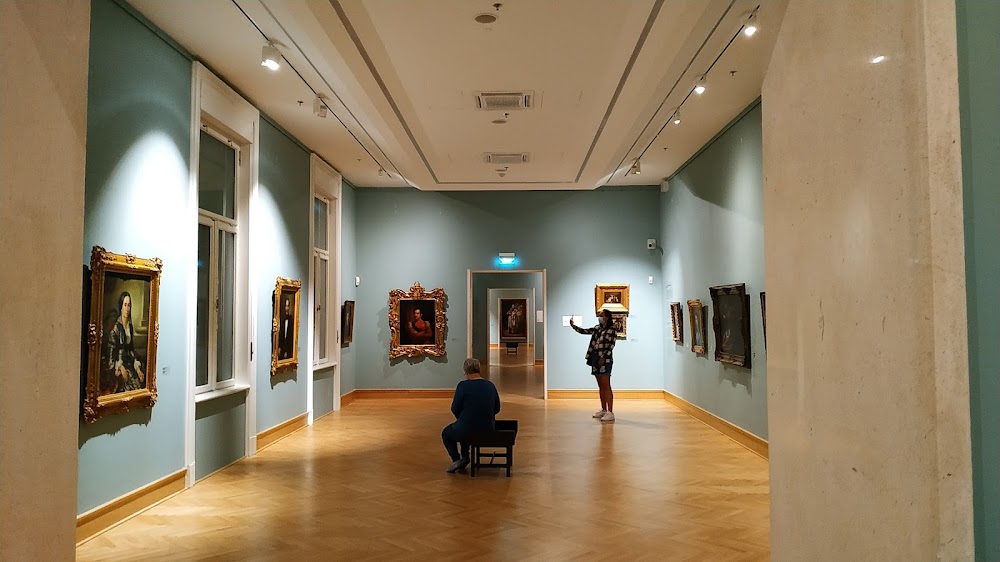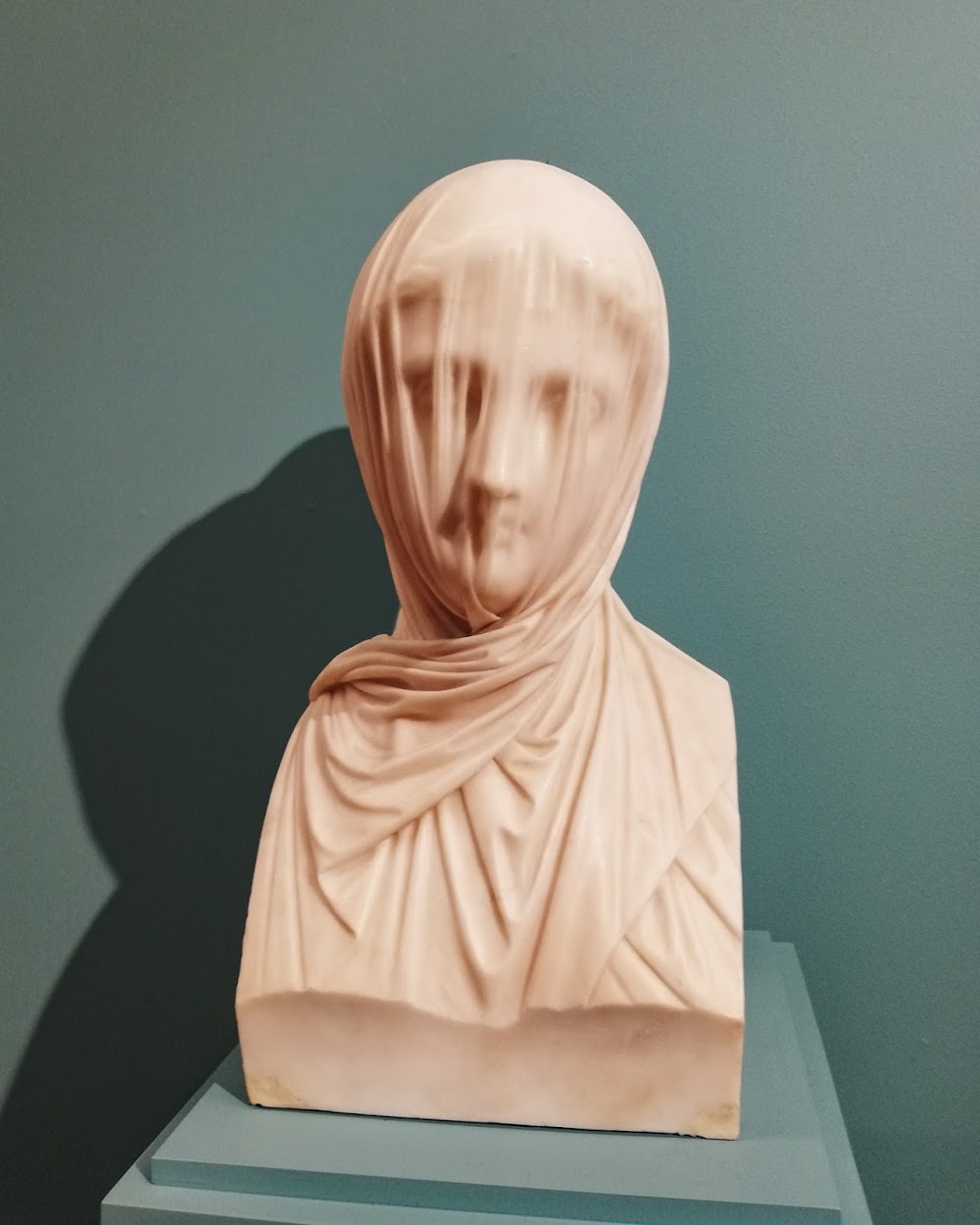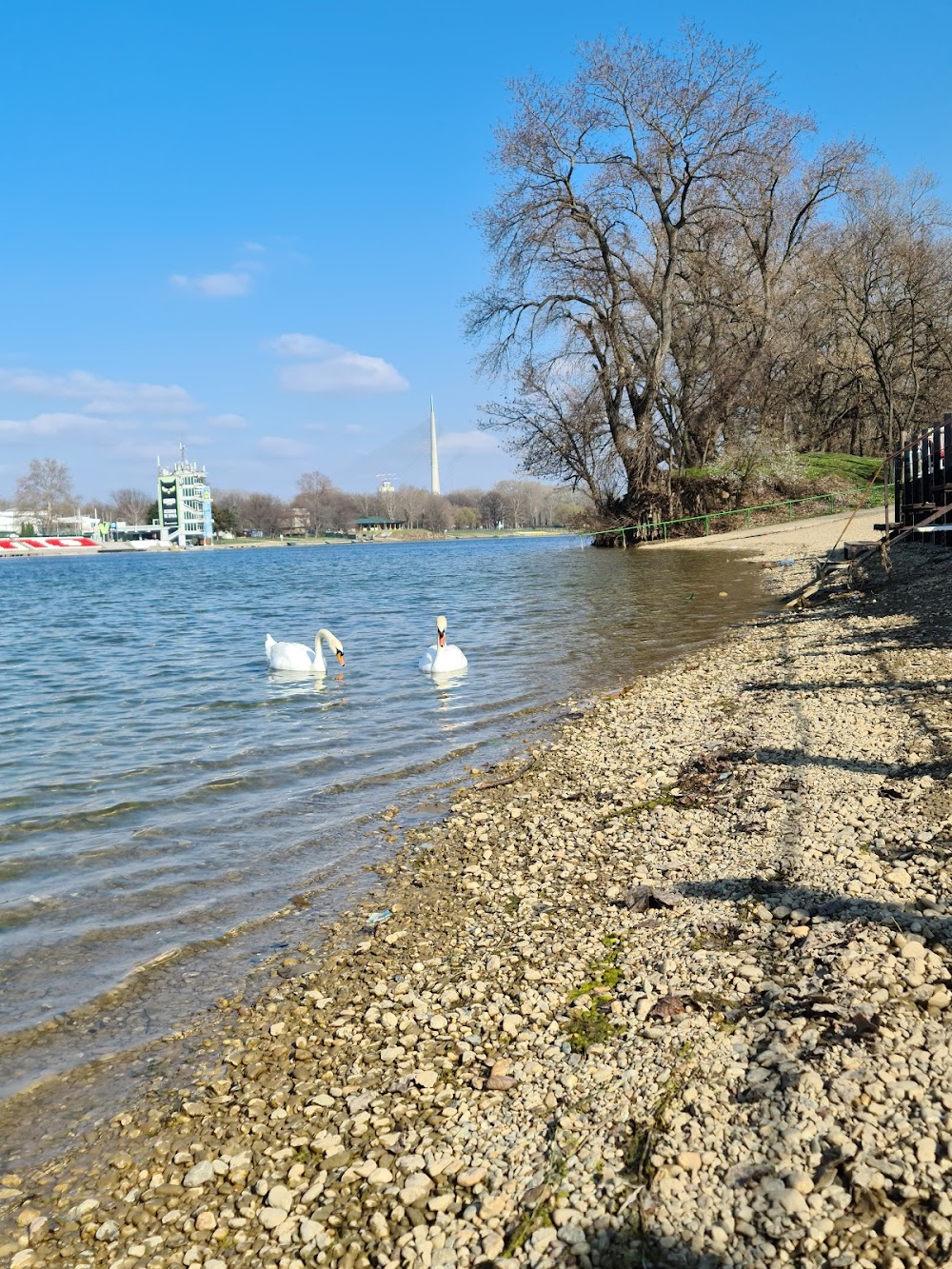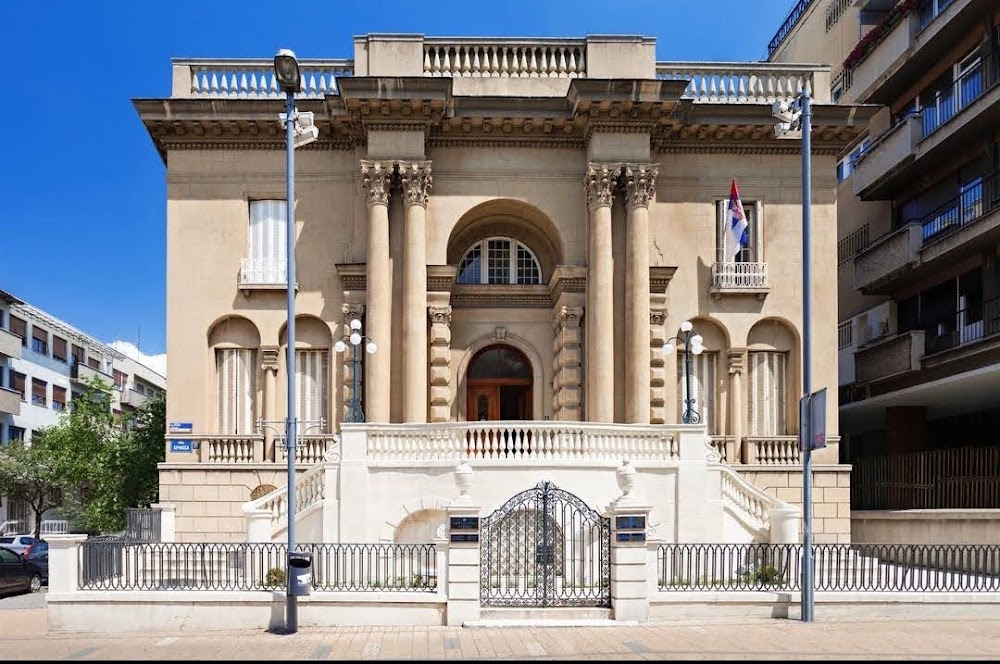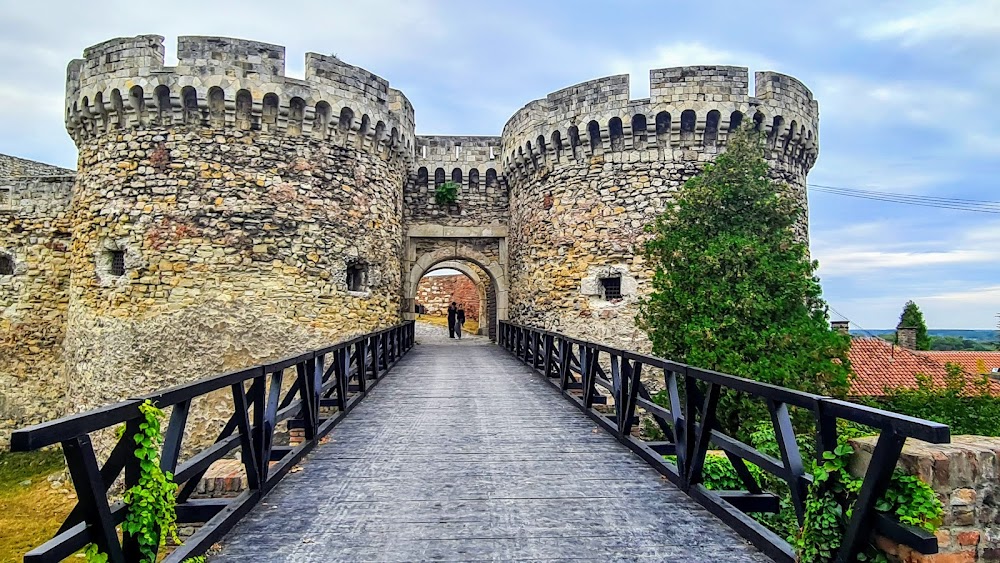The National Museum in Belgrade (Narodni muzej u Beogradu)
Overview
The National Museum of Serbia, nestled in the vibrant city of Belgrade, is a cultural treasure that invites visitors to explore the rich tapestry of the region's history, art, and heritage. This grand institution, prominently located at Republic Square, has served as a key landmark since its establishment in 1844, standing as a testament to Serbia's artistic and historical journey.
In the early 19th century, Serbia was experiencing significant transformation and modernization. Visionary playwright and educator Jovan Sterija Popović recognized the vital importance of preserving Serbian cultural heritage and proposed the idea of a national museum. His vision was realized with the official founding of the museum, decreed by Prince Aleksandar Karađorđević.
Initially, the museum was modestly housed within the Lyceum of the Principality of Serbia. However, as the collection expanded through donations, archaeological finds, and acquisitions from across Europe, multiple relocations were necessary. In 1903, the museum finally found its permanent home in its current building at Republic Square.
The museum's stunning building is an architectural masterpiece originally designed to accommodate the Belgrade Stock Exchange. Crafted by architects Andra Stevanović and Nikola Nestorović, this structure showcases neoclassical design embellished with Renaissance elements. Over the years, the museum has diligently preserved and restored the grandeur of its halls, intricate detailing, and majestic facade.
The impact of World War II brought significant challenges, causing considerable damage to the building. Nevertheless, the post-war era marked a dedicated restoration effort, culminating in a major renovation that began in 2003 and concluded in 2018. This revitalization has both restored the museum's former glory and modernized its facilities to meet contemporary standards.
Today, the National Museum of Serbia is home to an extensive and diverse collection, featuring over 400,000 exhibits. Visitors can marvel at prehistoric artifacts, stunning medieval frescoes, and Renaissance masterpieces. Notably, the museum boasts an impressive collection of Serbian and European art, showcasing works by celebrated artists such as Monet, Picasso, and Van Gogh.
The museum's permanent exhibition is thoughtfully organized in chronological order, allowing visitors to embark on a captivating journey through time. Starting from the prehistoric era, one can explore ancient civilizations, the medieval period, the influences of the Ottoman Empire, and finally arrive at modern and contemporary times.
In addition to its permanent collection, the National Museum of Serbia regularly hosts temporary exhibitions, educational programs, and cultural events. These activities transform the museum into a vibrant cultural hub, attracting students, researchers, and tourists alike.
Accessibility and education are key priorities for the museum, which offers guided tours, educational workshops, and interactive displays designed to enhance the visitor experience. The museum shop features a curated selection of books, replicas, and souvenirs, while the café provides a cozy space to unwind and reflect on the cultural journey.
In conclusion, the National Museum of Serbia in Belgrade stands as a proud testament to the nation’s commitment to preserving its cultural and historical legacy. Through its meticulously maintained collections and dynamic exhibitions, the museum continues to inspire and educate, ensuring that the rich tapestry of Serbia's heritage is celebrated by generations to come.


